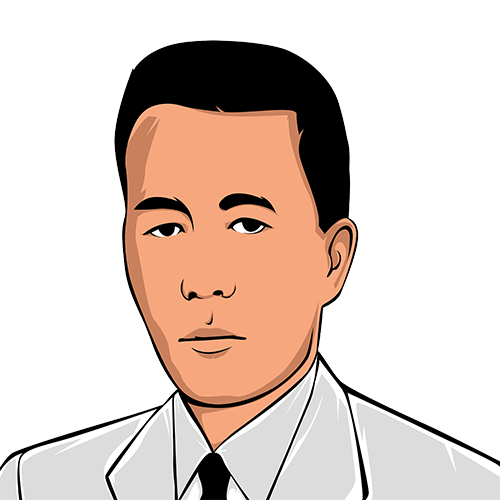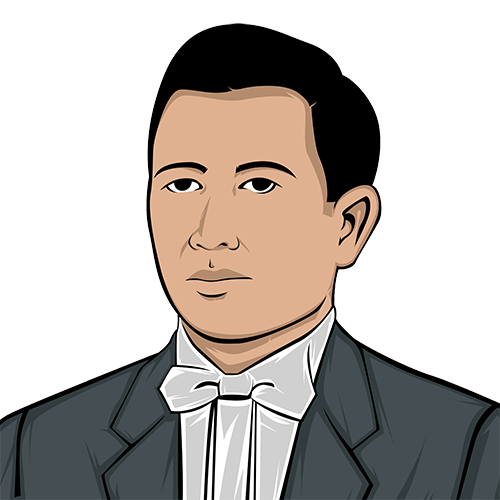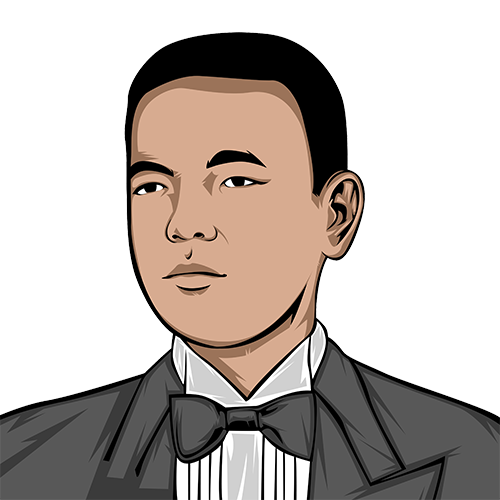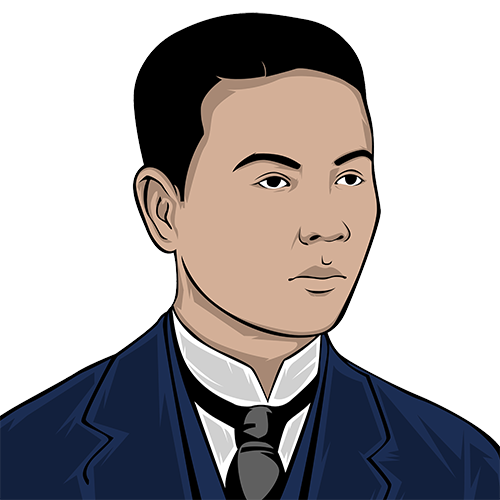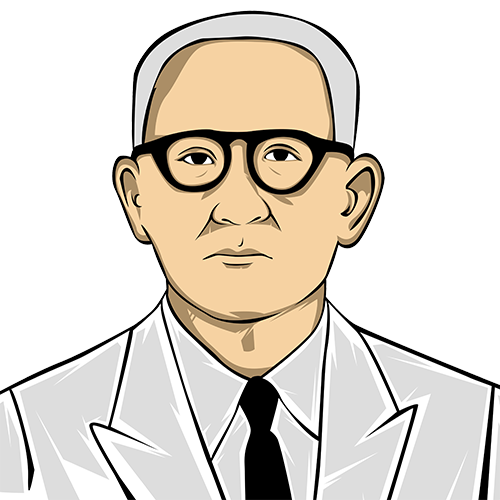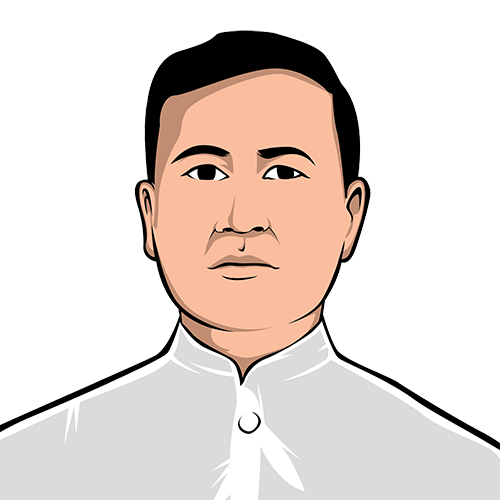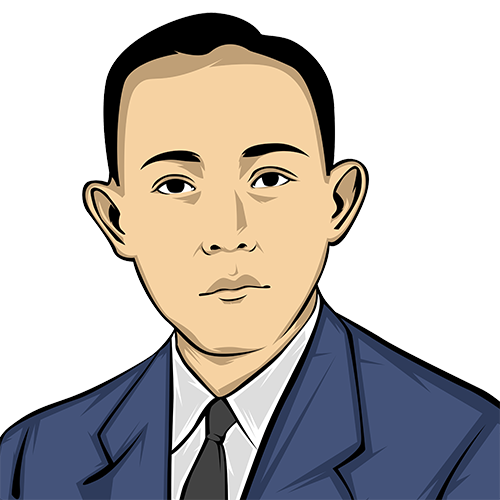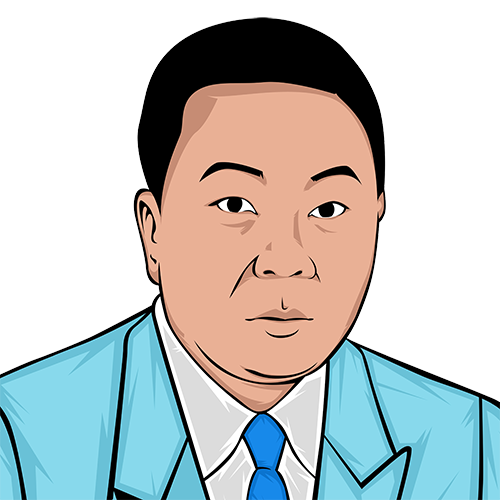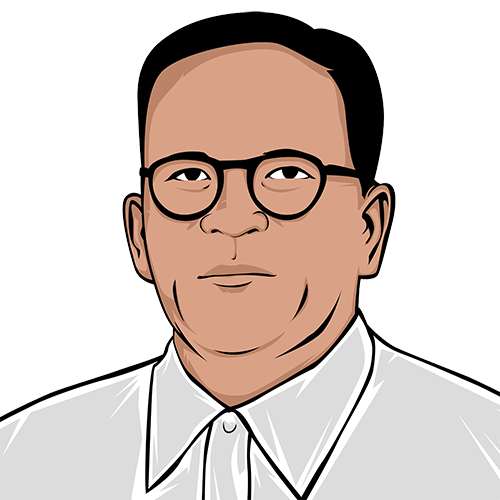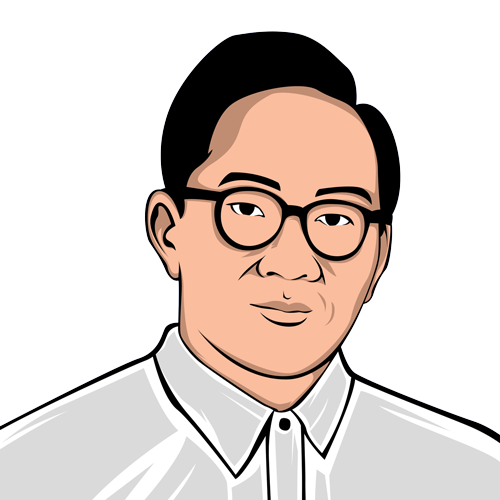The Birth of Bago…
Bago had its beginning on September 6, 1571 when the Spanish Adelantado, Miguel Lopez de Legaspi, granted the place as encomienda to a Spaniard named Juan Gutierrez Cortes. At that time, the community was still composed of small clusters of settlers along the banks of a big river which later became known as the Bago River. The encomiendero of that time administered to the spiritual and socio-economic needs of the natives in the settlements.
In 1575, the community was placed under the evangelical visitations of Father Geronimo Marin, an Augustinian priest, who had been taking charge of the Christianization of the natives in Binalbagan since 1572. Father Marin, upon his arrival in the community, celebrated the feast of St. John the Baptist, who would later become the patron saint of the place.
Spanish missionaries and historians of that time traditionally recorded the founding of a pueblo or town coinciding with the feast day of a saint.
History only records 1575 as the year when Bago was founded so that the exact month and day can only be deduced from the mentioned traditional practice of the Spaniards. People of Manila, Cebu and Binalbagan likewise predicted the dates of their founding on the same historical context; hence, the logical conclusion that Bago City was officially founded on June 24, 1575.
As regards on how the community got its name, according to the manuscript of a Spanish historian, Diego Lope de Povedano, which is available in the library of the University of San Carlos, Cebu City, the community was named after a large tree called Bago under which, a native prince by the name of Mapagic died.
Another historical version is that the place got its name from a shrub called "bago-bago" which was then growing luxuriantly along the river banks.
From the year 1575 up to the close of the 16’" century, no historical account was written about the community. Bago came into the historical scene again when, at the early part of the 17" century, a group of settlers settled along the banks of Bago River.
The arrival of these settlers resulted into a sizable village capable of self- governance. In later years, the descendants of these settlers petitioned the Spanish authorities to declare their village a pueblo or town and to name it "Bago".
Among the petitioners were Manuel Sitchon, Grenorio Varela, Paulino Torres, Jacinto Araneta, Clemente Celis, Mariano Gonzaga and Fernando Villanueva, whose forebears hailed from the town of Molo, lloilo.
The said petition was finally granted by the Spanish authorities in the year 1800; thus, Bago officially attained the status of a pueblo or town in that same year.
Between the years 1800 and 1898, the inhabitants of Bago were among those who suffered tremendously under the Spanish tyranny, injustice and oppression. This social condition finally led to a great revolt on November 5, 1898 when on that day, General Juan Anacleto Araneta rallied his people in the struggle for freedom. This historic event was chronicled in a historical marker found at the public plaza of Bago which had the following inscriptions:
"Republica de Negros"
"IIn this plaza of Bago was proclaimed the Republica de Negros by the Revolutionary Forces led by General Juan Anacleto Araneta, 5 of November, 1898. Witnessed by Ananias Diokno, representative of the Central Revolutionary Government. This Republic acknowledged the authority of the First Philippine Republic under Emilio Aguinaldo".
Together with General Aniceto Lacson who led the forces in Talisay, General Araneta was able to force the capitulation of the Spanish garrison at Bacolod thus putting an end to the Spanish sovereignty in the province. Forthwith, a cantonal revolutionary government was established with General Juan A. Araneta as the Secretary of War.
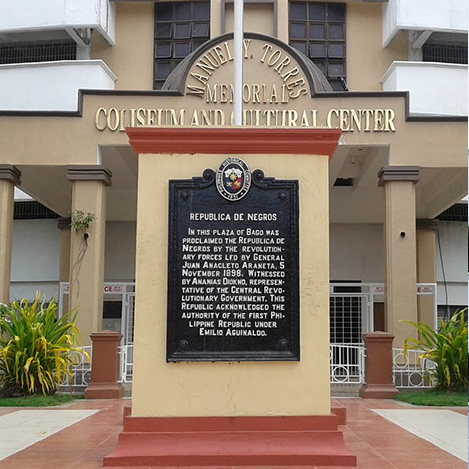
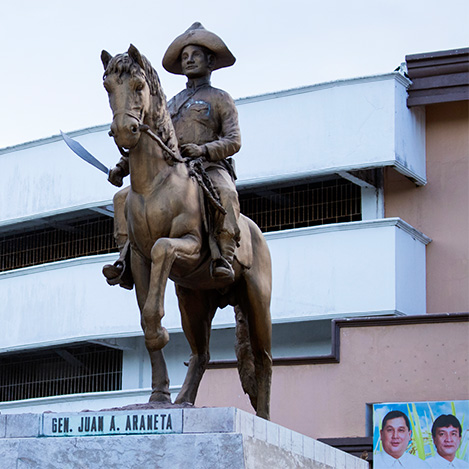
In 1897, Hon. Federico Matti was the mayor of Bago. In the first election after the liberation of 1898, Hon. Ramon del Castillo became the first elected municipal president who served in such capacity up to the year 1900.
-

Hon. Federico Matti
1897
(Appointed)
-

Hon. Ramon del Castillo
1898-1900
(Elected)
On April 1901, the Americans came and established a civil government in the province of Negros Occidental which completely abolished the revolutionary government of General Araneta. Bago was one of the towns that were placed under the control of the Americans; however, Filipino officials were allowed to govern the municipality. The following therefore were the succeeding municipal presidents and mayors of Bago until the outbreak of the Second World War on December 7, 1941:
When the Japanese Forces invaded the Philippines, the Civil Government of Bago was dissolved. The Japanese occupation forces tried to establish a provisional government but the local people refused to cooperate. When the Americans liberated the town on March 29, 1945, it was completely destroyed but rehabilitation work was immediately started and the town underwent development efforts under the leadership of the succeeding town mayors; to wit:
Bago was inaugurated as a chartered City on February 19, 1966 by virtue of Republic Act. No. 4382. Hon. Rafael M. Salas, a son of Bago and Executive Secretary to the newly elected President Ferdinand E. Marcos was the guest of honor. He led the ribbon- cutting ceremony of the new Bago City Hall together with another distinguished son of Bago Jorge B. Vargas and Doña Eva Araneta- Serra. Later in the afternoon, he sworn in Hon. Manuel Y. Torres as the hold-over Mayor of the newly chartered City of Bago.
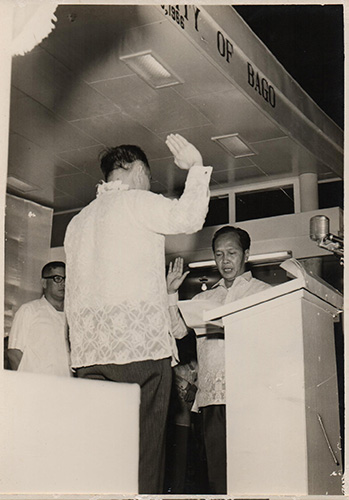
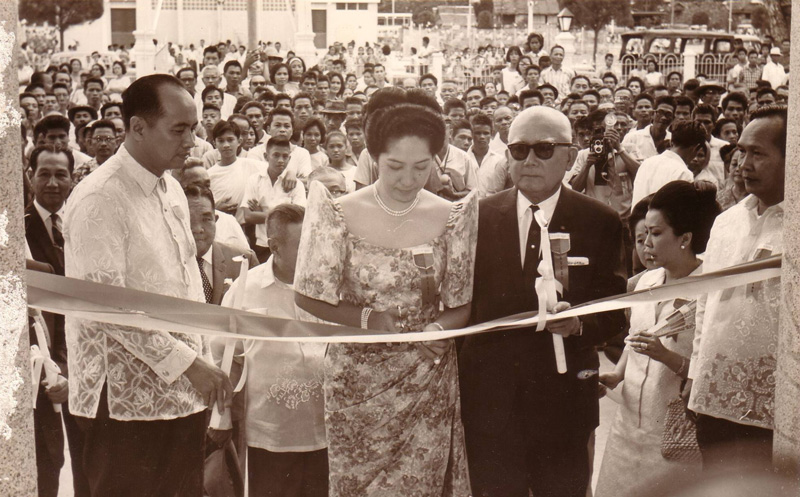
With the declaration of Martial Law, several Bagonhons were appointed as Officer-in- Charge of the City, namely;
-
 Hon. Enrique J. Araneta1986-1987(OIC Mayor)
Hon. Enrique J. Araneta1986-1987(OIC Mayor) -
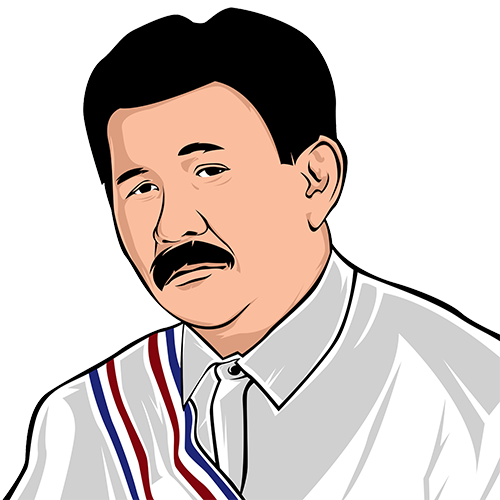 Hon. Roberto MattiDec.1, 1987 - Jan.31, 1988(OIC Mayor)
Hon. Roberto MattiDec.1, 1987 - Jan.31, 1988(OIC Mayor) -
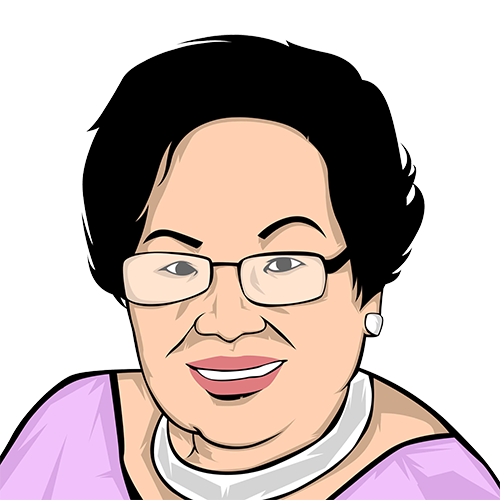 Hon. Rosemary CauncaFebruary 1, 1988(OIC Mayor)
Hon. Rosemary CauncaFebruary 1, 1988(OIC Mayor)
Mayor Manuel Torres’ vision catapulted Bago to greater heights. Under his watch, Bago was known to the world as the Philippines Boxing Capital having produced Olympians Mansueto Velasco, Roel Velasco, Leopoldo Cantancio, Larry Semillano, and Reynaldo Galido. He served Bago City close to 40 years as its beloved City Mayor.
-
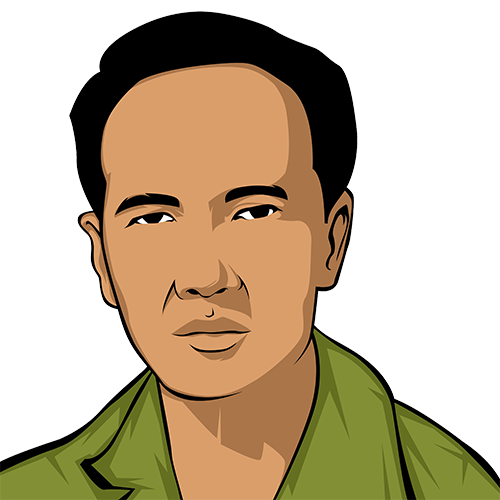 Hon. Manuel Y. TorresFeb 2, 1988-1998(Elected)
Hon. Manuel Y. TorresFeb 2, 1988-1998(Elected) -
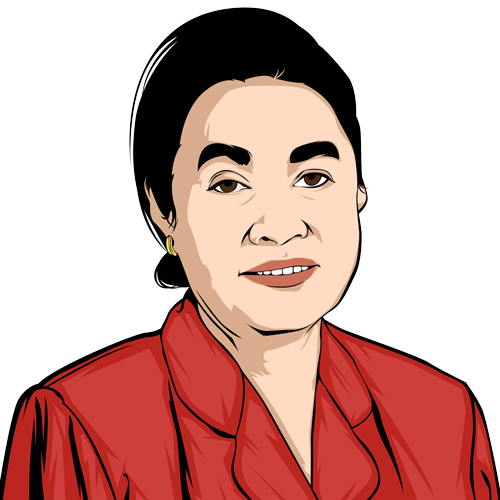 Hon. Janet E. Torres1998-2007(Elected)
Hon. Janet E. Torres1998-2007(Elected)
Legal limitations on the number of successive terms disqualified Mayor Manuel Y. Torres to run again as City Mayor, and in the 1998 local elections, his wife, Janet E. Torres run as candidate for Mayor and won.
Mayor Janet served Bago City as City Mayor for three (3) consecutive terms strengthening social services and the role of women in community building; and also bringing home plaques of recognition. In her time, Bago was recognized nationwide as Most Child-Friendly City.
-
 Hon. Ramon D. Torres2007- 2016(Elected)
Hon. Ramon D. Torres2007- 2016(Elected) -
 Hon. Nicholas M. Yulo2016 – present(Elected)
Hon. Nicholas M. Yulo2016 – present(Elected)
In the elections of 2007, Ramon D. Torres was elected as the new City Mayor of Bago. Under his administration, Bago saw the flourishing of businesses, the construction of the new public market, farm to market roads, subdivision projects, bumper crop production of rice, and the marked development of Bantayan Park as a destination for food and health enthusiasts, environment and nature lovers.
On February 19, 2016 exactly, Bago marked its Golden Jubilee. It was a time of celebration and reminiscence of the important events that have transpired since it was enacted a City. It also marked the closing of the nine-year administration of the young Mayor Ramon D. Torres.
Mayor Nicholas M. Yulo assumed the post as Mayor or the Local Chief Executive (LCE) of Bago on July 1, 2016. Construction and opening of new private commercial establishments continue to grow. The Local Government Unit has also embarked on constructions to rationalize the locations of some offices at the City Hall.
Under his administration, the City was able to reap numerous awards such as Most Improved LGU by the National Competitiveness Council (NCC) in 2017, National Seal of Good Local Governance in 2017, and Rice Achievers Award by Department of Agriculture in 2017.
And so the story goes on. The Bago of the past will always be a special part of the present and a strong foundation for the future as the Bagonhons and their officials continue to build a place after their own heart.
Mission & Vision
Vision
A culture-rich and ecologically-balanced Bago City where wealth is shared by its empowered and self-reliant citizenry living in an agri-industrial economy under a responsive and accountable governance
Mission
To improve the quality of life of every Bagonhon through sustainable development and good governance
The Official Symbols of the City
(SP resolution No. 1061 S. 1974)
-
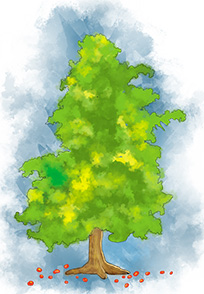
City TreeBago Tree
-
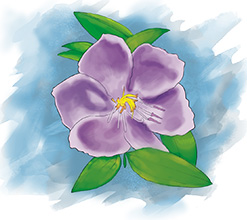
City FlowerTungao - Tungao
-

City AnimalCarabao
-
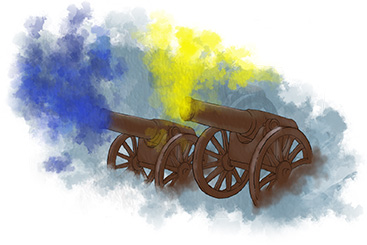
City ColorBlue and Gold
-

City BirdPhilippine Eagle
-
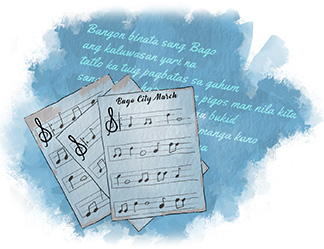
City Song Bago March
-
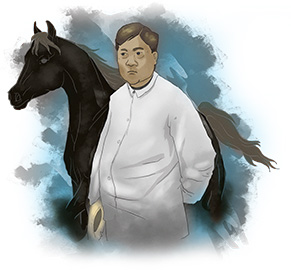
City HeroGen. Juan Anacleto T. Araneta
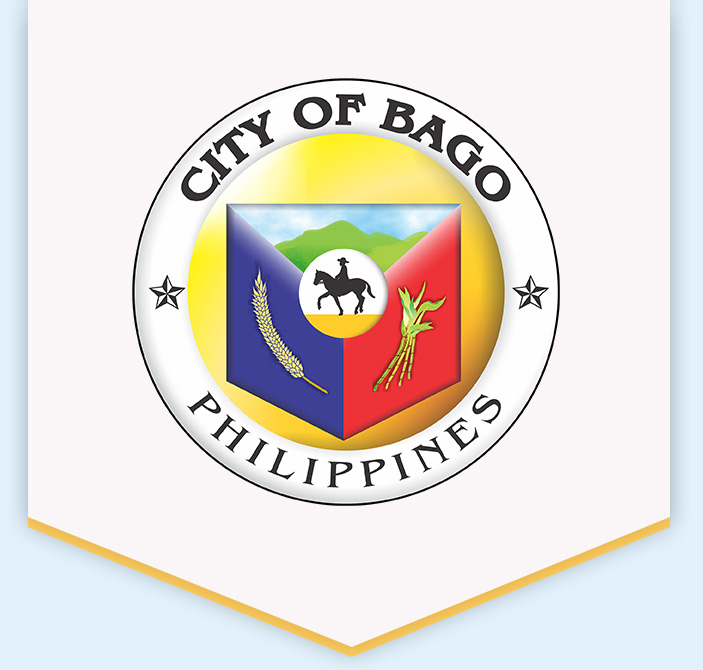
The City of Bago was created under Republic Act 4382
Meaning of the Official Seal of Bago
-

Monument– monument of General Juan Araneta urging his co-Bagonhons to fight against the oppression and tyranny of the Spaniards.
-

Mountain– Mount Kanlaon which marks the city boundaries.
-

Rice Stalk and Sugar Cane Plant– represent the two major crops of the city
-

Golden Background– symbolic of the high aspirations of the people of Bago City and Valladolid, on the east by the cities of San Carlos and Kanlaon and on the south by La Carlota.

